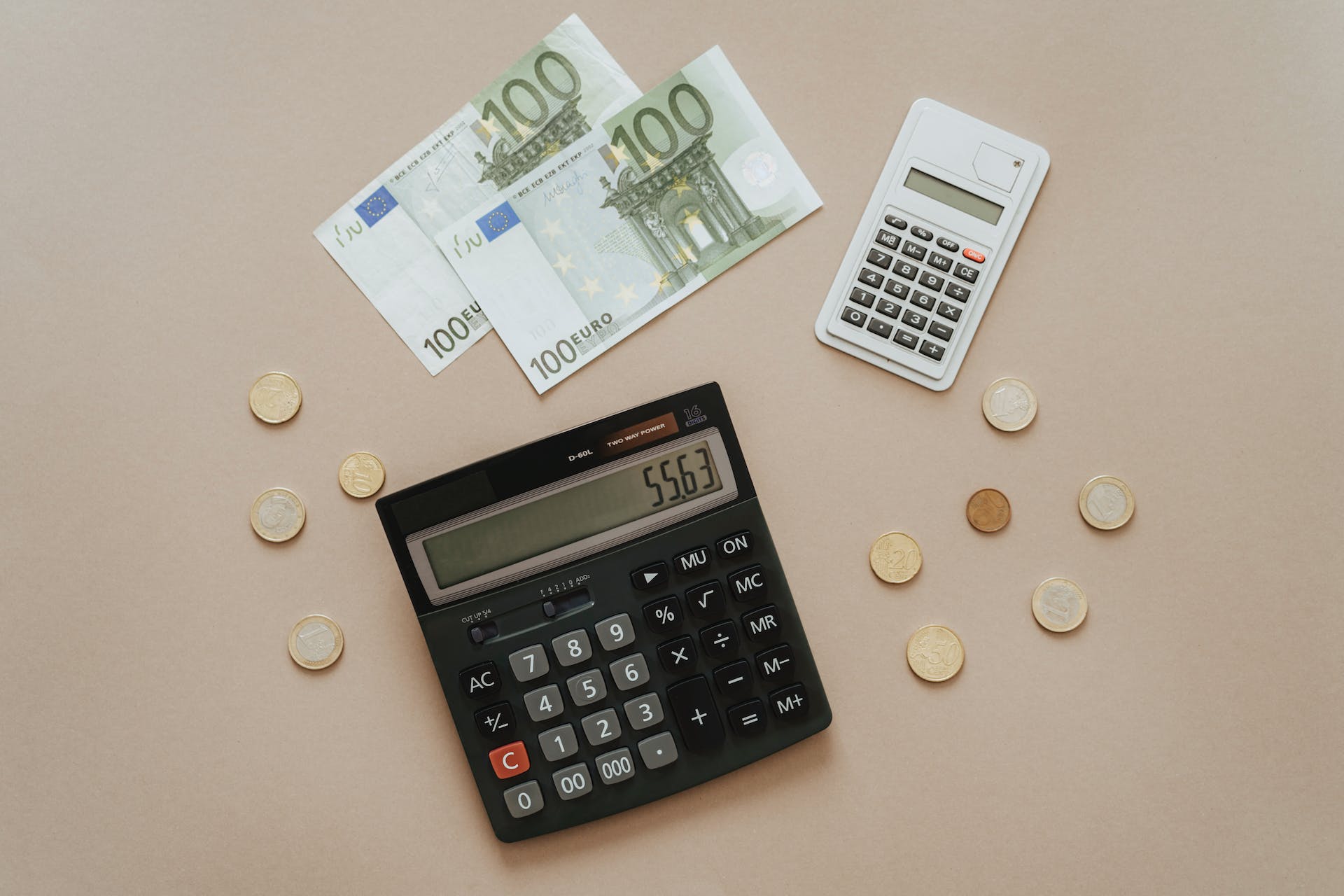As a business owner, you understand the importance of receiving timely payments for products or services rendered. However, sometimes, payment in full upfront can be a challenge for customers. This is where a down payment invoice comes into play.
In this comprehensive guide, we’ll discuss the components of a down payment invoice, how to create one, and the benefits of utilizing this practice in your business.
Key Takeaways
- A down payment invoice is a written request for a partial payment upfront.
- It benefits both the seller and the customer by managing cash flow and ensuring commitment.
- Creating a down payment invoice requires including essential details, such as customer information, the amount, and the specific items being purchased.
- Effective management of down payment invoices includes tracking outstanding payments, ensuring timely payment, and sending reminders or follow-ups when necessary.
- Implementing these down payment invoices in your business can reduce the risk of non-payment or order cancellations.
Understanding the Invoices for the Down Payment
The down payment invoice, also known as a deposit invoice or advance invoice, differs from a standard invoice in that it requires the customer to pay a percentage of the total price upfront.
The purpose of this down payment invoice is to ensure that the person selling obtains a certain amount of money before delivering the merchandise or providing the services. This provides some assurance that the person buying is committed and reduces the risk of late payment or cancellations.
When making this invoice, it’s important to provide clear information, including the total amount due and the percentage of the down payment expected. This ensures that the person buying understands what they’re paying for and the terms of the agreement.
Using this type of invoice also benefits the purchasers by allowing them to budget properly and avoid having to pay the full amount upfront. It can also help to build trust and establish a positive relationship between the seller and the buyer, which can lead to future sales.
Components of a Down Payment Invoice
When crafting your down payment invoice, it’s important to include specific components to ensure that it accurately reflects the payment agreement. Here are the essential elements you should include:
| Component | Description |
|---|---|
| Customer’s details | Enter the customer’s name, address, email address, and any other relevant contact information. |
| Amount of the down payment | Specify the amount that the customer needs to pay upfront as a deposit. |
| Specific goods or services being purchased | Enter the items or services being purchased by the customer. |
Benefits of Using a Down Payment Invoice
Using down payment invoice offers several benefits, so let’s take a look at some of the advantages you can expect:
- Secure payment: With this invoice, purchasers can make their payment upfront, ensuring the person selling acquires the funds before delivering the goods. This reduces the risk of issues or disputes.
- Improved cash flow management: Getting a down payment upfront can help the person selling maintain a stable cash flow, making it easier to manage expenses and invest in business growth.
- Increased commitment: When customers make a down payment, they are more likely to follow through with the transaction, reducing the risk of order cancellations or delays.
- Greater transparency: These invoices clearly outline the details of the transaction, including the amount paid, the goods being bought, and any relevant terms and conditions. This offers both parties greater transparency and accountability.
- Speedy delivery: Once the down payment is received, sellers can begin work on the goods immediately, reducing the time it takes to finalize the transaction.
How to Create an Invoice for a Down Payment
If you’re looking to make an invoice for a down payment, there are a few steps you’ll need to follow. With the right tools and techniques, you can quickly and easily craft your invoice. Here’s what you need to do:
Step 1: Determine the Payment Amount
The first step in creating this invoice is to determine the amount that you’ll be expecting from your customer. This will typically be a percentage of the total sale price, usually around 20-30%.
Step 2: Request Payment
Once you’ve determined the amount, you’ll need to request it from the person buying. You can do this either in person or via email or other form of communication. Make sure that you clearly indicate the amount expected, the deadline, and any other relevant information.
Step 3: Finalize the Invoice
Once you’ve received payment, you’ll need to finalize the invoice. This should include all of the relevant information about the sale, including the purchaser’s details, the amount, and the specific products or services being bought.
Step 4: Apply Any Discounts or Credits
If the person buying is eligible for any discounts or credits, make sure to apply them to the invoice before sending it. This will help ensure that they are paying the correct amount and that the invoice is accurate.
Step 5: Send the Invoice
Finally, once the invoice has been completed and any discounts or credits have been applied, you’ll need to send it to the buyer. This can be done in a variety of ways, including by email, postal mail, or hand delivery.
By following these steps, you can create an invoice that accurately reflects the terms of your sale and ensures that you receive the payment in a timely manner.
Conclusion
By understanding the components of a down payment invoice and how to create one, you can ensure that your customers are committed to the sale and make timely payments. It also helps build trust between you and the buyer, as they see that you are taking your business seriously.
Incorporating these invoices into your business operations can bring numerous benefits. It’s a simple but effective way to manage your finances, so start creating your invoices today and see the positive impact it can have on your business!
Down Payment Invoice FAQ
#1. How can I invoice my customer?
You can use accounting software or invoicing tools to generate your invoice. Make sure to include the specific terms and conditions related to the upfront payment.
#2. Can an invoice for a down payment be used for large projects?
Yes, these are often used for large projects where the seller needs to secure upfront funds to cover initial expenses. It is a common practice in industries such as construction, engineering, and consulting.
#3. What should my invoice for a down payment include?
It should include details, such as the total amount owed, the percentage of the down payment, the remaining amount due, the invoice date, and any specific terms related to the agreement.
#4. Are invoices for a down payment subject to sales tax?
The treatment of sales tax for these invoices may vary depending on the jurisdiction and the specific circumstances. It is advisable to consult with a tax professional or refer to the applicable laws and regulations regarding sales tax.
#5. How can I track invoices for down payment in my accounting system?
Most accounting systems boast the ability to track these invoices separately from regular ones. You can use the relevant features in your accounting software to monitor and manage your transactions effectively.






